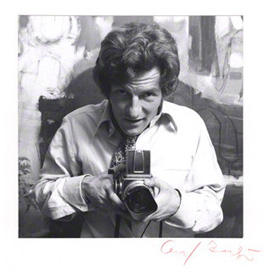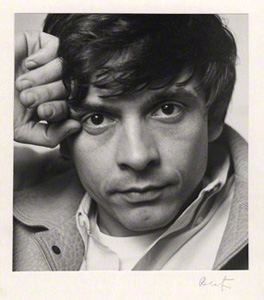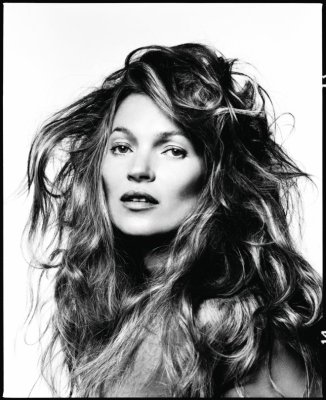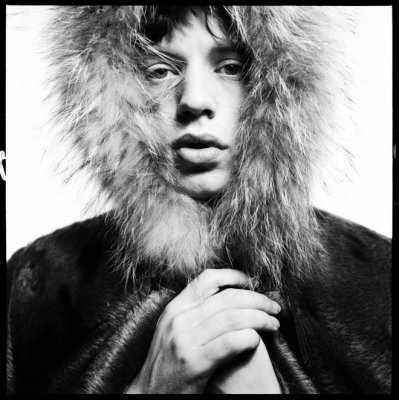Portraiture is not an easy subject genre of photography if you want to portray something more than the everyday here is the person, oh and they are smiling. These photographs become more and more visible with ‘selfies’ and access to high-end camera’s enabling many to photograph themselves, family, friends and encounters with other people. The portrait is not just a matter of showing who someone is but truly looking closer and who they are, being able to feel an emotion, react to the image as a viewer.
In the article, What Makes A Great Portrait Photograph (2015) by Phillip Prodger, Head of Photographs at The National Portrait Gallery, the point of a portrait showing more than the subject as a still life but as something to convey emotions from both sitter and photographer as they dance uncertain of the move each other will make for that final photograph. An example of great portraiture used is of ‘Unknown Woman’ by Oscar Rejlander c.1863, presumed to be his wife.
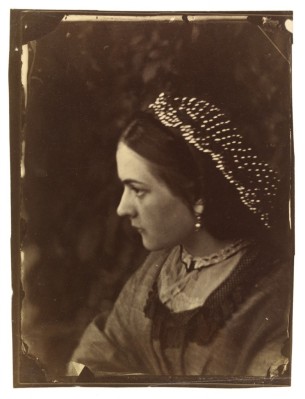
Oscar Rejlander
This photograph evokes the sense of love between both sitter and photographer leading to the presumption that this woman is to be his wife. The presence of this emotion is unknown in origin as the sensation could be as a result of the compositional aspect, printing tones or focus. There is an aspect to this photograph that is beautiful, yet would not cause just anyone to show this image as there is an obvious connection between the sitter and photographer.
In such great photographs, it is that which cannot be explained which make the great portrait. Seeing under the skin of the sitter is what draws us to the portrait, engages our mind to fully understand who this person is and what is their story, their significance to be photographed. With portraiture, and photographing another being the sense of knowing you are being photographed, inevitably causes subconscious reactions towards ‘posing’ for the camera at which point there becomes a point of wanting to evoke subtle gestures to express the personality which comes with a sense of inauthenticity towards the personality being shown (Barthes, R, 1993, pg 10,11,13). The very idea that the photograph has the ability to represent the identity is ambiguous with a static image in one particular frame when the identity is proven by motion and ideas by the person in the frame, not merely a single image of official validation(Clarke, G, 1992, pg 1). The portrait gives only the trace of the identity (Clarke, G, 1992, pg 3) , for a great portrait photograph, this trace needs to be strong with the implication by Susan Sontag that the direct portrait of a person discloses the soul of the person with a frank expression towards the camera (Clarke, G, 1992, pg 3).
‘It takes a lot of imagination to be a good photographer … it takes a lot of looking before you learn to see the extraordinary’ David Bailey (2014)
Prodger. P, 2015, What Makes A Great Portrait Photograph, [online] [Accessed 20/04/2015] Available from http://photoworks.org.uk/makes-great-portrait-photograph/
Bailey, D, 2014, Bailey’s Stardust, London, National Portrait Gallery Publications
Barthes, R, 1993, Camera Lucida, London, Vintage
Clarke, G, 1992, The Portrait In Photography, London, Reaktion Books
